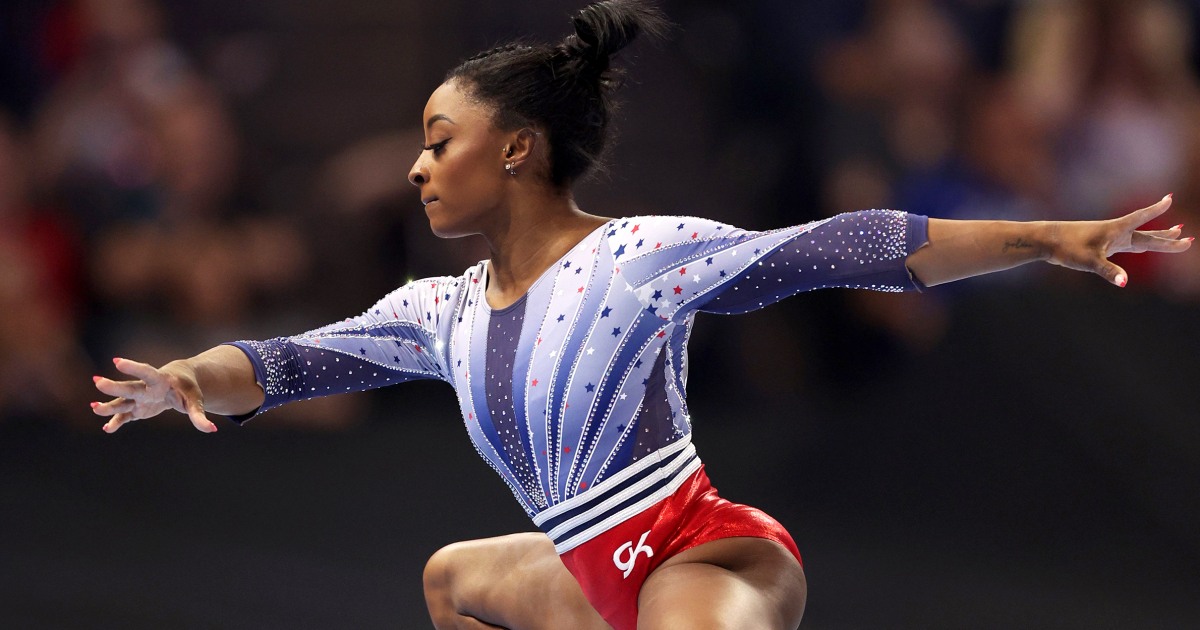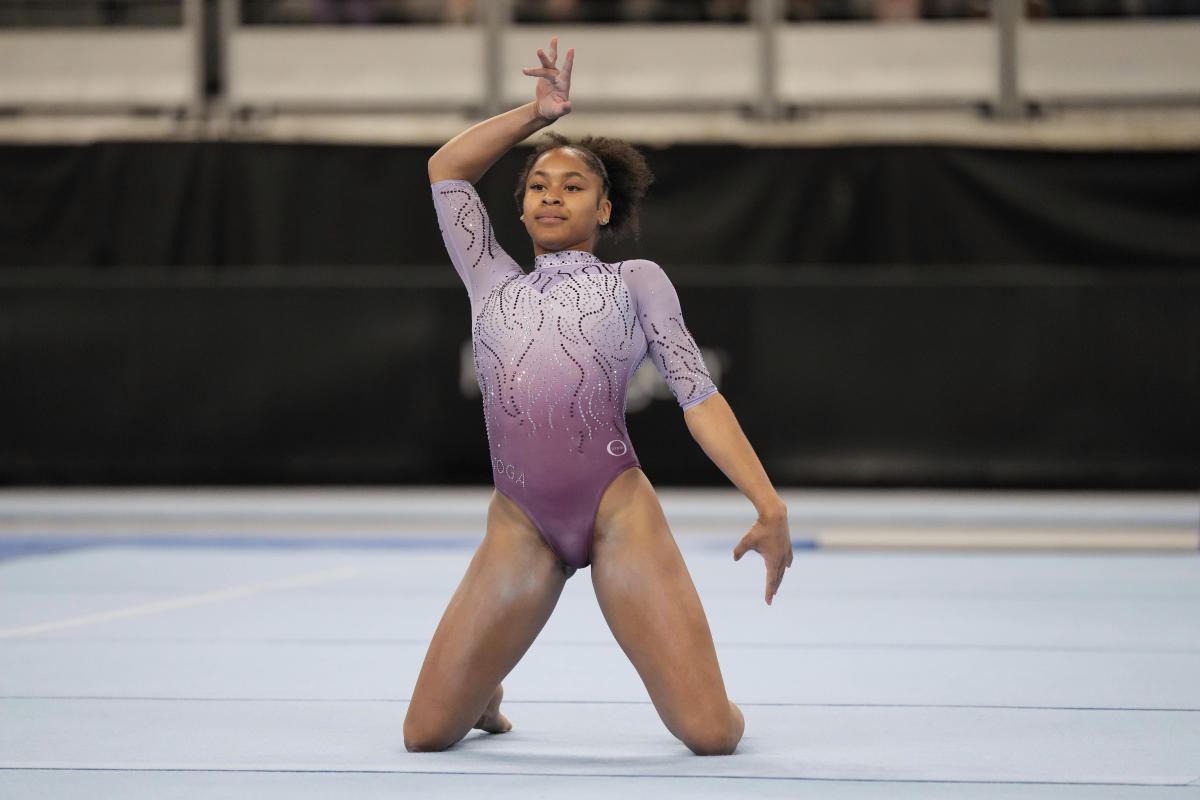Common Gymnastics Injuries
Gymnastics is a physically demanding sport that requires a high level of strength, flexibility, and coordination. As a result, gymnasts are at risk for a variety of injuries.
Some of the most common gymnastics injuries include:
- Ankle sprains: Ankle sprains are one of the most common injuries in gymnastics. They occur when the ligaments in the ankle are stretched or torn. Ankle sprains can be caused by landing awkwardly from a jump or by rolling the ankle while performing a tumbling pass.
- Knee injuries: Knee injuries are another common problem in gymnastics. They can range from minor sprains to more serious injuries, such as anterior cruciate ligament (ACL) tears. Knee injuries can be caused by landing awkwardly from a jump, by twisting the knee while performing a tumbling pass, or by colliding with another gymnast.
- Shoulder injuries: Shoulder injuries are also common in gymnastics. They can range from minor strains to more serious injuries, such as rotator cuff tears. Shoulder injuries can be caused by overuse, by performing exercises with improper form, or by falling on the shoulder.
- Wrist injuries: Wrist injuries are another common problem in gymnastics. They can range from minor sprains to more serious injuries, such as fractures. Wrist injuries can be caused by landing awkwardly from a jump, by falling on the wrist, or by performing exercises with improper form.
- Back injuries: Back injuries are also common in gymnastics. They can range from minor strains to more serious injuries, such as herniated discs. Back injuries can be caused by overuse, by performing exercises with improper form, or by falling on the back.
The risk of injury in gymnastics can be reduced by following proper training techniques, warming up properly before each workout, and using proper equipment. However, even with proper precautions, injuries can still occur.
If you are a gymnast and you experience any pain, it is important to see a doctor to rule out any serious injuries.
Prevention and Treatment of Gymnastics Injuries

Gymnastics is a demanding sport that requires athletes to perform complex and challenging maneuvers. As a result, gymnasts are at risk for a variety of injuries. However, there are a number of effective strategies that can be used to prevent and treat these injuries.
Injury Prevention, Gymnastics injuries
One of the most important ways to prevent gymnastics injuries is to ensure that athletes are properly trained. This includes teaching them the correct techniques for performing each skill, as well as how to warm up and cool down properly. In addition, gymnasts should participate in regular strength and conditioning exercises to help improve their overall fitness and reduce their risk of injury.
Another important aspect of injury prevention is to create a safe training environment. This means having the proper equipment and mats in place, as well as ensuring that the training area is well-lit and free of hazards. Coaches should also be trained in how to recognize and prevent injuries.
Injury Treatment
If a gymnast does sustain an injury, it is important to seek medical attention as soon as possible. The type of treatment that is needed will depend on the severity of the injury. Minor injuries can often be treated with rest, ice, and compression. More serious injuries may require surgery or other medical interventions.
In addition to medical treatment, gymnasts may also benefit from rehabilitation exercises. These exercises can help to strengthen the injured area and restore range of motion. It is important to follow the instructions of a physical therapist or other healthcare professional when performing rehabilitation exercises.
Case Studies
There are a number of case studies that have demonstrated the effectiveness of injury prevention and treatment methods in gymnastics. For example, one study found that a program of strength and conditioning exercises reduced the incidence of ankle sprains in gymnasts by 50%. Another study found that a program of plyometric exercises reduced the incidence of knee injuries in gymnasts by 30%.
These studies provide evidence that injury prevention and treatment methods can be effective in reducing the risk of injuries in gymnasts. By following these methods, gymnasts can help to stay healthy and perform at their best.
Risk Assessment and Management in Gymnastics
Gymnastics, with its demanding physical maneuvers and repetitive movements, poses a risk of injuries. To minimize these risks, a comprehensive approach to risk assessment and management is crucial. This involves identifying potential hazards, evaluating the likelihood and severity of injuries, and implementing strategies to mitigate risks.
Factors Influencing Injury Risk
Several factors influence the risk of gymnastics injuries, including:
– Age: Younger gymnasts have less developed musculoskeletal systems, increasing their susceptibility to injuries.
– Skill level: Gymnasts with higher skill levels are more likely to attempt complex maneuvers, increasing the risk of falls and other accidents.
– Training environment: Poorly maintained equipment, inadequate supervision, and excessive training loads can contribute to injuries.
Role of Coaches, Trainers, and Medical Professionals
Coaches, trainers, and medical professionals play a vital role in managing injury risks in gymnastics. They should:
– Assess gymnasts’ readiness for specific skills based on their age, skill level, and physical development.
– Ensure proper training techniques and progressions are followed.
– Provide adequate supervision and instruction during training sessions.
– Monitor gymnasts for signs of fatigue or pain, and adjust training accordingly.
– Collaborate with medical professionals to manage existing injuries and prevent future ones.
Creating a Safe and Supportive Training Environment
A safe and supportive training environment is essential for minimizing the risk of injuries. This includes:
– Maintaining equipment in good condition and inspecting it regularly.
– Providing adequate warm-up and cool-down periods before and after training.
– Ensuring gymnasts have sufficient rest and recovery time.
– Promoting a positive and supportive atmosphere where gymnasts feel comfortable reporting injuries.
– Encouraging gymnasts to develop good body awareness and proper landing techniques.
By implementing these strategies, coaches, trainers, and medical professionals can create a safe and supportive training environment that minimizes the risk of injuries in gymnastics, allowing gymnasts to train and perform at their best.
Gymnastics injuries – Gymnastics, with its graceful moves and thrilling routines, can sometimes lead to unfortunate injuries. However, there are inspiring stories of athletes who overcome these setbacks with resilience. One such example is Kayla Dicello , a gymnast who faced multiple injuries but never gave up on her dreams.
Her journey serves as a reminder that even in the face of adversity, the pursuit of passion can triumph over obstacles. Despite the challenges gymnastics injuries present, they can also bring forth stories of courage and determination, like that of Kayla Dicello.
Gymnastics injuries are a serious concern for athletes, and can range from minor sprains to career-ending fractures. The men’s gymnastics olympic trials are a prime example of the risks involved in this demanding sport. During the trials, gymnasts push their bodies to the limit, performing complex routines that require immense strength, flexibility, and coordination.
As a result, injuries are not uncommon, and can have a significant impact on an athlete’s career.
